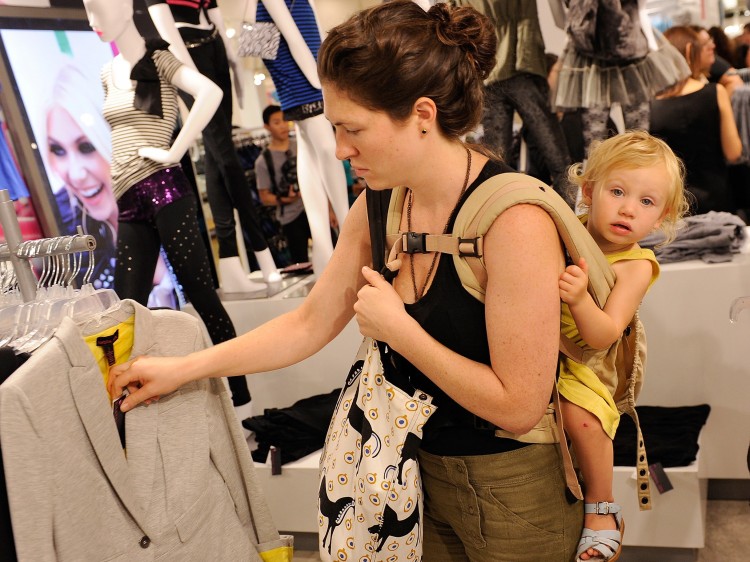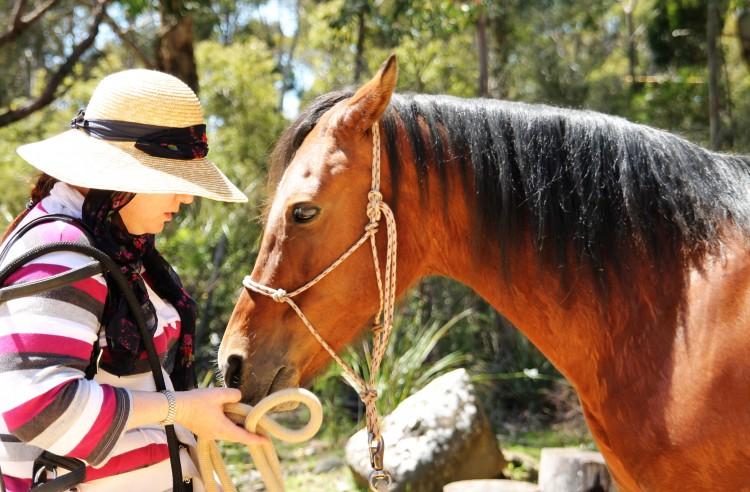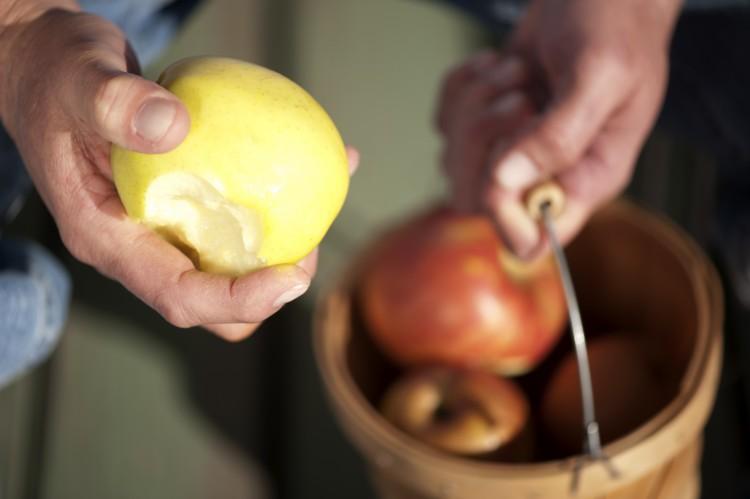Many parents are now forgoing bulky prams to transport their precious cargo with the help of modern-designed baby slings. Once thought of as something only women in developing countries used, slings are now gaining popularity in affluent Western countries too.
Baby slings have been used by women for thousands of years around the world. Australian Indigenous Women wore their babies on their backs in a pouch fashioned from soft bark. Allowing the mother’s arms to be free enabled her to fulfil her daily activities. It also served to keep baby in a safe place, high off the ground, away from predators or biting insects.
Baby in My Pocket
Once thought of as something only women in developing countries used, slings are now gaining popularity in affluent Western countries too.

Shopping in Macy's Herald Square in New York. Jemal Countess/Getty Images
|Updated:





